Unlock Your Hair's Potential: Identifying and Managing Your Curly Hair Type
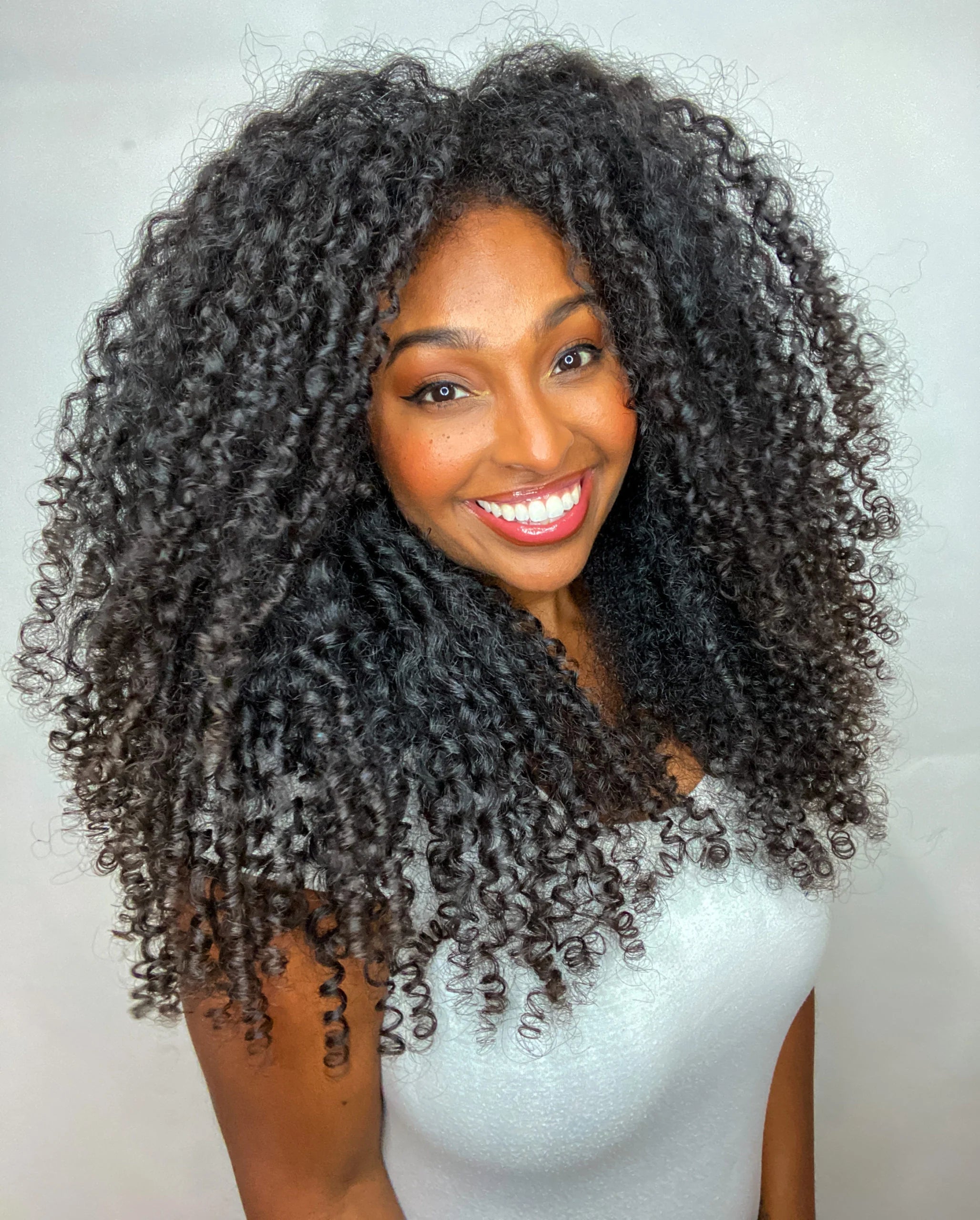
Hair is a glorious expression of individuality and diversity. No two heads of hair are alike, and understanding your unique hair type is the first step towards a personalized and effective hair care routine. In this guide, we'll delve into the intricacies of hair typing, focusing particularly on Type 3 and Type 4 hair, which encompass various curly and kinky textures. By the end of this journey, you'll be equipped with the knowledge to embrace and care for your locks with confidence.
Understanding the Basics
Hair typing is a system that categorizes hair based on its curl pattern. The widely recognized system classifies hair into four main types (Type 1 to Type 4), with further subcategories denoted by letters (a, b, and c) to pinpoint specific textures within each type.
Type 3 Curly Hair - The Curly Spectrum
Type 3 curls are characterized by well-defined curls that range from loose to tight. This hair type is further divided into three subcategories: 3a, 3b, and 3c.
- 3a - Spiralled Curls: Type 3a hair features loose, stretched S-shaped curls. It tends to be shiny, easily styled, and can adopt various looks with the right care and products.
- 3b - Bouncy Ringlets: Type 3b hair forms more distinct ringlets. It has a moderate curl pattern that may frizz in humid conditions, but with proper maintenance, it can look voluminous and luscious.
- 3c - Tight Curls: Type 3c hair has tight, corkscrew curls. It can be prone to frizz and requires proper hydration and moisture to maintain its structure and prevent breakage.
Type 4 Hair - The Kinky Curly Realm
Type 4 hair is known for its tightly coiled or zigzag pattern, often referred to as kinky curly. This hair type is further classified into 4a, 4b, and 4c.
- 4a - Defined Corkscrews: Type 4a hair features well-defined, S-shaped curls with a dense curl pattern. It can shrink significantly when dry, so proper stretching techniques are crucial for length retention.
- 4b - Zigzag Coils: Type 4b hair forms tight, zigzag-shaped coils that may appear less defined when compared to 4a. It has a cottony texture and tends to be more prone to shrinkage.
- 4c - Tightly Coiled Kinks: Type 4c hair has a tight, densely packed coil pattern. It may appear more fragile and is prone to shrinkage, making it essential to maintain moisture to prevent breakage and promote healthy growth.
Identifying Your Hair Type
Determining your hair type involves observing your natural curl pattern and understanding the unique characteristics of your locks. Here's a step-by-step guide to help you identify your hair type:
- Observe Curl Pattern: Examine your hair when it's in its natural state. Does it form loose, wavy curls (Type 2), defined curls (Type 3), or tight coils (Type 4)?
- Assess Curl Diameter: Consider the size of your curls. Are they larger and looser (a), medium-sized and well-defined (b), or tightly packed and small (c)?
- Evaluate Porosity: Assess your hair's porosity by observing how it absorbs moisture. High porosity hair absorbs moisture quickly but may struggle to retain it, while low porosity hair resists moisture absorption.
- Check Elasticity: Gently pull a strand of hair. If it stretches and returns to its original length without breaking, you have good elasticity. If it breaks easily, your hair may be lacking moisture.
Tailoring Your Hair Care Routine
Once you've identified your hair type, tailoring your hair care routine becomes more straightforward. Here are some general tips for caring for Type 3 and Type 4 hair:
- Hydration is key: Curly and kinky hair types tend to be drier due to the natural oils having a harder time traveling down the hair shaft. Regular deep conditioning and moisturizing treatments are essential to keep your hair hydrated and healthy.
- Gentle Detangling: Use a wide-tooth comb or your fingers to detangle your hair, starting from the tips and working your way up. This helps prevent breakage and minimizes damage to your delicate curls.
- Protective Styling: Embrace protective styles such as braids, twists, or buns to minimize manipulation and reduce the risk of breakage. This is particularly important for Type 4 hair, which can be more prone to breakage.
- Avoid Heat Damage: While occasional heat styling is fine, excessive use of heat tools can lead to damage. Embrace your natural texture and opt for heat-free styles when possible.
- Choose the Right Products: Invest in products specifically formulated for your hair type. Look for sulfate-free shampoos, moisturizing conditioners, and styling products designed to enhance and define your curls.
Understanding your hair type is an empowering journey towards embracing and caring for your unique locks. Whether you have Type 3 curls or Type 4 coils, each texture is beautiful and deserves a tailored care routine. By following these guidelines and embracing your natural beauty, you'll embark on a path of self-discovery and confidence, unlocking the full potential of your gorgeous, curly or kinky curly hair.
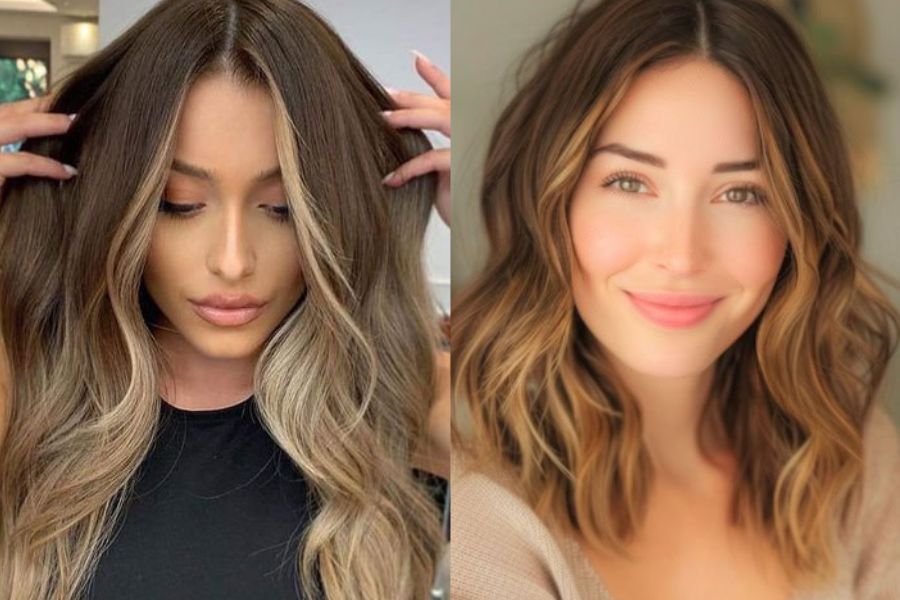
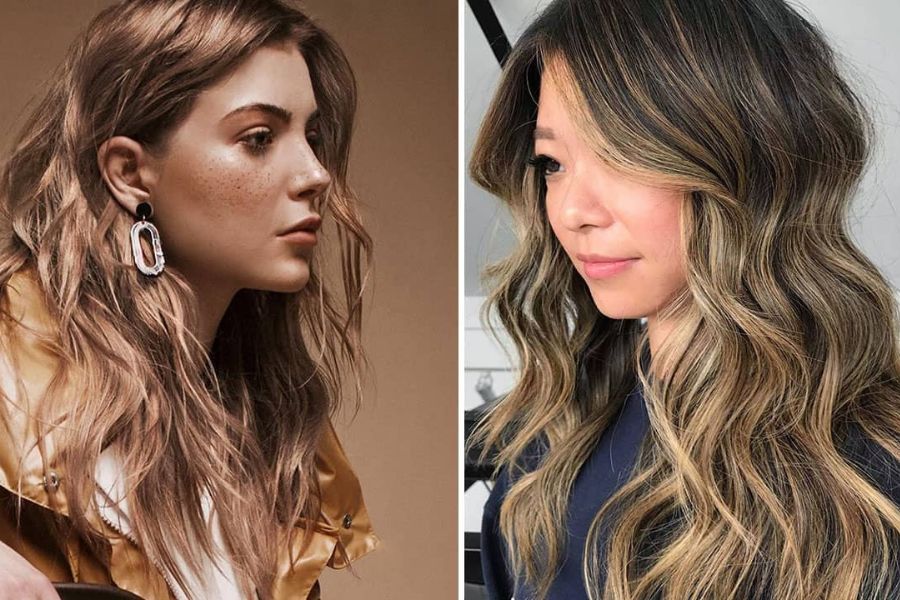


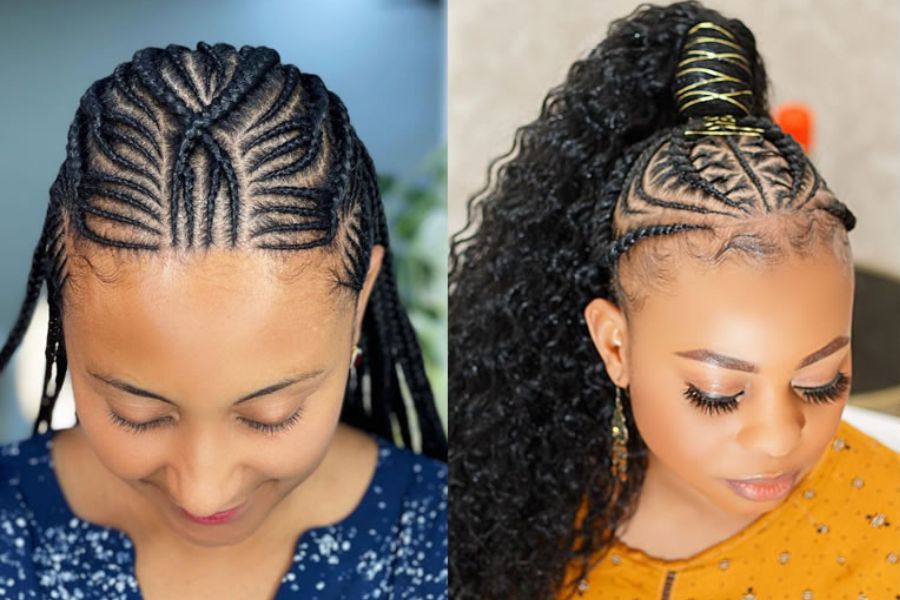
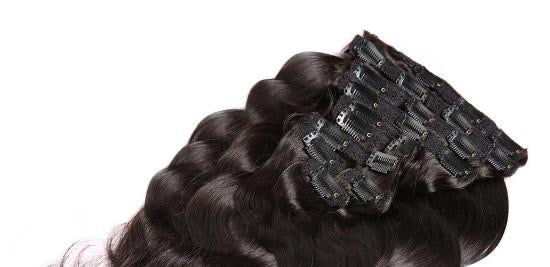
Comments